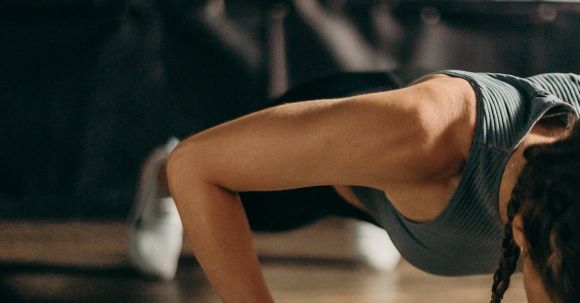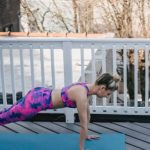When it comes to achieving your fitness goals, one size does not fit all. Each person has unique needs and abilities, and it’s important to tailor your workouts accordingly. Customized workouts are designed to meet your specific fitness level, helping you make progress while minimizing the risk of injury. Whether you’re a beginner or an experienced athlete, here’s how you can create a workout plan that suits your needs.
Assessing Your Fitness Level
Before you start any workout program, it’s essential to assess your current fitness level. This will help you determine where you stand and what areas you need to focus on. A fitness assessment may include measuring your body composition, testing your cardiovascular endurance, and evaluating your strength and flexibility. By understanding your starting point, you can set realistic goals and track your progress along the way.
Designing a Beginner’s Workout
If you’re new to exercise or have been inactive for a while, it’s important to start slowly and gradually increase the intensity of your workouts. A beginner’s workout should focus on building a foundation of strength, improving cardiovascular fitness, and enhancing flexibility. Incorporate activities such as walking, light resistance training, and gentle stretching into your routine. Aim for at least 30 minutes of exercise most days of the week, but listen to your body and take rest days as needed.
Progressing to Intermediate Workouts
Once you’ve built a solid foundation, you can progress to intermediate workouts that challenge your body and promote further improvement. Intermediate workouts should include a combination of strength training, cardiovascular exercise, and flexibility work. Increase the intensity and duration of your workouts gradually to avoid overexertion. Consider incorporating interval training, circuit training, and more advanced strength exercises to keep your body guessing and prevent plateaus.
Advanced Workouts for Seasoned Athletes
For those who have been consistently exercising for an extended period and have a high level of fitness, advanced workouts are the way to go. These workouts are designed to push your limits, improve performance, and achieve specific fitness goals. Advanced workouts may include high-intensity interval training, heavy weightlifting, plyometrics, and advanced yoga poses. However, it’s crucial to prioritize proper form and listen to your body to prevent injuries.
Modifying Workouts for Special Considerations
Customized workouts also account for any special considerations or limitations you may have. If you have a pre-existing medical condition or injury, it’s essential to consult with a healthcare professional or a qualified fitness trainer to ensure your workouts are safe and effective. They can help modify exercises, suggest alternatives, or recommend specific exercises that target your needs. Remember, everyone’s journey is unique, and it’s important to listen to your body and make adjustments as necessary.
Staying Motivated and Consistent
Creating a customized workout plan is just the first step. To achieve your fitness goals, it’s important to stay motivated and consistent with your workouts. Find activities you enjoy, set realistic goals, and track your progress along the way. Consider working out with a partner or hiring a personal trainer for added accountability and support. Most importantly, listen to your body and make adjustments as needed to avoid burnout or injury.
In conclusion, customized workouts are essential for every fitness level. By assessing your fitness level, designing workouts that suit your needs, and modifying exercises for special considerations, you can create a plan that helps you reach your goals while staying safe. Remember to stay motivated, consistent, and always prioritize your health and well-being.





